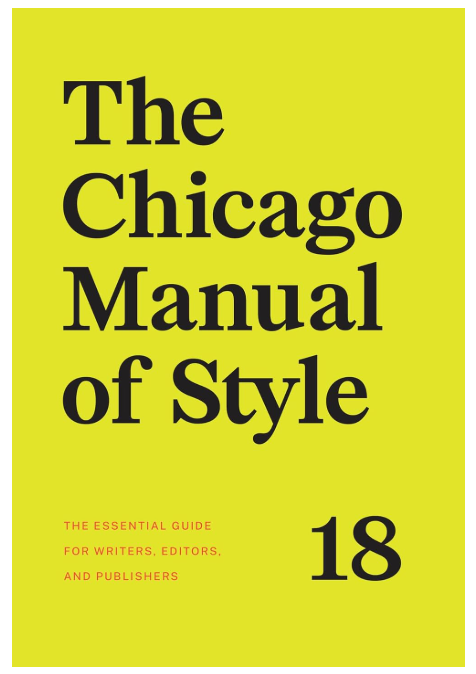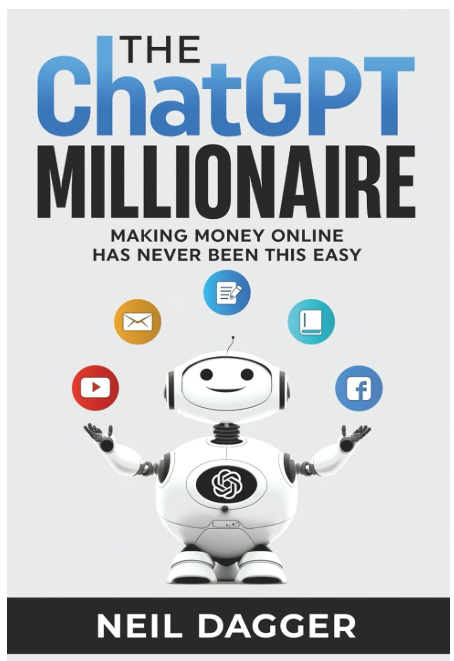
1. Introduction – A Legacy of Style and Scholarship
Since its first publication in 1906, The Chicago Manual of Style (CMOS)
has been regarded as one of the most authoritative style guides for writers, editors,
publishers, and academics. Now, with the release of the 18th Edition,
CMOS continues its mission: to provide clarity, consistency, and guidance in a world where
communication is more global and digital than ever before.
In this in-depth 5000-word review, we’ll explore the 18th Edition’s new features,
its role in modern publishing, its strengths and weaknesses, comparisons with other
major style guides, and how it remains indispensable in 2025. Whether you’re a student,
novelist, researcher, or editor, this review will show you why CMOS 18 continues to set
the gold standard in style and usage.
2. Key Features of the 18th Edition
- Updated Grammar & Usage: Reflects evolving language norms, digital writing, and inclusivity.
- Expanded Citation Guidelines: Covers print, digital, and multimedia sources.
- Clear Digital Standards: Guidance for blogs, websites, and online journalism.
- Inclusivity & Accessibility: Updated guidance on gender-neutral language and plain writing.
- Visual Design Standards: Instructions for tables, charts, and digital publishing formats.
- Indexing & Publishing Tools: Advanced coverage for scholarly work.
3. Why CMOS Still Matters in 2025
In a time when AI-generated content, self-publishing, and global collaboration dominate,
style consistency is more important than ever. CMOS 18 helps writers present professional,
trustworthy, and well-structured work across all platforms. From research papers to
TikTok captions used in scholarly studies, CMOS provides a framework to keep writing
sharp and reliable.
“Style guides are the invisible backbone of clear communication. Without them,
chaos reigns.” – Academic Journal Editor, 2025
4. Technical Overview
| Feature | Details |
|---|---|
| Title | The Chicago Manual of Style, 18th Edition |
| Publisher | University of Chicago Press |
| Release Year | 2025 |
| Pages | Over 1,200 |
| Formats | Hardcover, Digital, Online Subscription |
| Primary Audience | Writers, Editors, Academics, Publishers |
| Core Focus | Grammar, Style, Usage, Citations |
5. Pros and Cons
✅ Pros
- Comprehensive coverage of style, grammar, and citations.
- Authoritative resource trusted worldwide.
- Adapted for digital publishing and multimedia sources.
- Clear and practical examples for writers at all levels.
- Strong focus on inclusivity and plain English writing.
⚠️ Cons
- Dense and intimidating for casual readers.
- Expensive compared to other style guides.
- Requires significant time investment to master.
6. CMOS vs. Other Style Guides
| Feature | CMOS (18th) | APA (7th) | MLA (9th) |
|---|---|---|---|
| Audience | General, Academic, Publishing | Psychology, Social Sciences | Humanities, Literature |
| Digital Media Coverage | Extensive | Moderate | Basic |
| Length | ~1,200 pages | ~400 pages | ~350 pages |
| Strength | Comprehensive, versatile | Scientific precision | Ease of use |
7. Who Should Use CMOS 18?
- Authors: Crafting manuscripts for publishers or self-publishing.
- Academics: Writing dissertations, papers, and articles.
- Editors: Ensuring manuscripts follow industry standards.
- Businesses: Maintaining professional communication standards.
- Students: Preparing for advanced research and academic writing.
8. Customer & Expert Reviews
“The Chicago Manual of Style remains the gold standard for editing. The 18th edition
modernizes without losing its roots.” – Publishing Professional
“Yes, it’s long. But if you want your writing taken seriously in 2025, CMOS is non-negotiable.” – Academic Researcher
9. FAQs
Q1: Is the 18th edition different from the 17th?
Yes, it includes expanded guidance on digital writing, inclusive language, and updated citations.
Q2: Do I need CMOS if I already use APA or MLA?
If you work across disciplines, CMOS is more versatile. Many publishers require it.
Q3: Is there an online version?
Yes, CMOS Online offers searchable content and subscription tools.
Q4: Is it worth buying for students?
Absolutely. Students benefit from learning CMOS early, especially for graduate-level writing.
10. Final Verdict
The Chicago Manual of Style, 18th Edition is not just a reference book—it’s
an essential companion for anyone serious about writing, editing, and publishing in the modern era.
Its balance of tradition and innovation makes it the most comprehensive and reliable style guide
available in 2025.
If you want your writing to be professional, respected, and future-proof, investing in CMOS 18
is one of the best decisions you can make.
